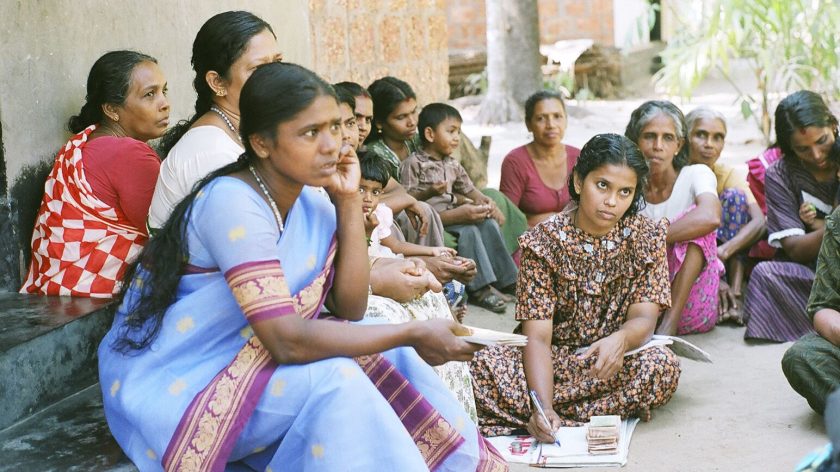Socioeconomic Conditions and Financial Inclusion

The following story has been authored by Apoorva Ramachandra, Economic Analysts at Arthashastra Intelligence
Financial Inclusion is proven to have a positive effect on the development of an economy. It enables people to break the vicious circle of poverty and empower themselves. In 2014, The Pradhan Mantri Jan Dhan Yojana was launched to improve access to basic financial resources. The scheme’s benefits are one basic saving account for every unbanked person, no requirement to maintain a minimum balance, a RuPay debit card, and accident insurance up to Rs.1 Lakh. The accounts are eligible for Direct Cash Transfers and other schemes like Atal Pension Yojana, etc. A total of 41.59 Lakh accounts have opened in these six years since its launch. The highest number of accounts were opened in Uttar Pradesh and the least in Lakshadweep.
To see which states have seen higher inclusion under the scheme, we look at the number of new accounts opened relative to the state’s population in 2011. So, henceforth, new accounts opened will refer to new accounts opened relative to the state’s population. We correlate these with possible socioeconomic conditions that could have influenced inclusion. In particular, we have selected poverty rates and literacy rates.
The figure below illustrates that states with a higher literacy rate opened fewer bank accounts under the scheme. For Chhattisgarh and Assam, approximately 60 percent of the population ( as per the 2011 census) has opened new accounts, and both states have a literacy rate of 70 percent. Contrast this with Kerala’s case: only 14 percent of the population has opened new accounts while the state has a literacy rate of 94 percent. The correlation between Literacy Rate and new accounts is -0.61, with a p-value of 0.0001, implying a high degree of association.
Intuitive reasoning for this stems from the fact that states with a higher literacy rate would have already opened many accounts before the scheme’s launch simply because they would have been more aware of financial inclusion benefits.
The correlation between Poverty Rates and new accounts opened is even stark – the coefficient is 0.8077, with a p-value of 0.0000. This indicates that numerous underprivileged people have gotten access to essential financial resources with the scheme’s help. The size of the bubble represents the Average Balance in the accounts. As the number of accounts opened has increased, the average balances have also reduced. The average balance in these accounts ranges from Rs.2000 to Rs. 6700. Except for Lakshadweep and Ladakh that have average balances of Rs.19549 and Rs.10693, respectively. The higher average can be attributed to a fewer number of accounts opened and a small population.
In a way, it can be surmised that the scheme has done a fair job of getting more people under the ambit of financial inclusiveness. Poorer people and people having lower literacy rates have been covered. Added to this is the fact that 67 percent of the new accounts have been opened in rural areas.
However, access to financial resources constitutes only the supply side of financial inclusion. Along with provision and improved accessibility, there is a requirement for educating people on using these resources to their benefit. The combination of accessibility and understanding of how to utilize the financial resources results in a person’s better economic well-being.
The scheme has helped many people get a basic savings account and added benefits. However, most people have less knowledge of how to utilize these services. As per the Global Financial Literacy Survey, only about 24% of the total population are financially literate. This shows the pressing need to educate people about the importance of savings, managing money, and a basic understanding of various financial instruments.
